HEALTH
SpaceX Falcon 9 Launches Amazonas Nexus Satellite For Hispasat
Published
1 year agoon
SpaceX has launched the Amazonas Nexus satellite for Spanish communications company Hispasat, which is also carrying payloads for Greenland and the United States Space Force.
The Amazonas Nexus launched Monday, Feb. 6 at 8:32 p.m. from Space Launch Complex 40 at Cape Canaveral Space Force Station in Florida. It was the sixth launch and landing for the Falcon 9 first-stage booster that was used.
A video shared by Twitter user @KEllisFoster shows the launch from Satellite Beach, Fla., with the rocket glowing brightly against the night sky.
Hispasats Amazonas Nexus satellite will provide internet connectivity in all of the Americas, Greenland, and Atlantic Ocean Maritime and flight corridors. The satellite is designed in particular to provide communications to airplanes and ships.
The satellite is hosting the Greensat payload for Tusass, Greenlands national communications company. It will provide service to remote towns in northern and eastern Greenland, as well as remote businesses such as mining operations.
Amazonas Nexus is also carrying the U.S. Space Force Space and Missile Systems Centers Pathfinder 2 payload. The USSF tweeted Saturday that the Pathfinder 2 launch represents “a new era for commercial satellite communication services for the US and our allies.”
The next-generation satellite was built by Thales Alenia Space, a joint venture between French company Thales and Italian company Leonardo, on its Spacebus NEO platform. It features electric propulsion and two deployable solar arrays.
It features a state-of-the-art Digital Transparent Processor, which allows “one-hop communications throughout its coverage area,” for maximum flexibility. Its a high-throughput satellite that combines the Ku and Ka bands to increase capacity.
Hispasat said it is the first satellite operator in the world to offset the carbon footprint of the entire launch process by planting a forest through Grupo Sylvestris.
More From Sci + Tech
-


A ten-hour time lapse of the powerful winter storm taking…
-
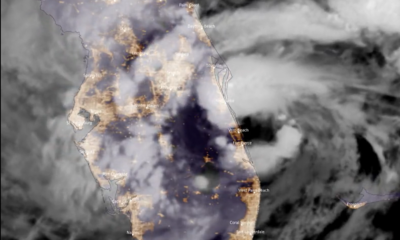

South Vero Beach, FL – Satellites show Hurricane Nicole Making…
-
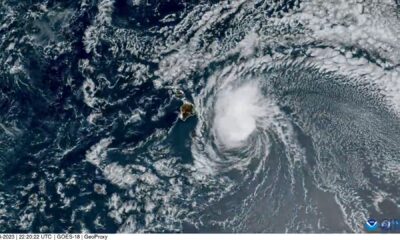

Satellites Show Tropical Storm Calvin Passing Over Hawaii’s Big Island…
-
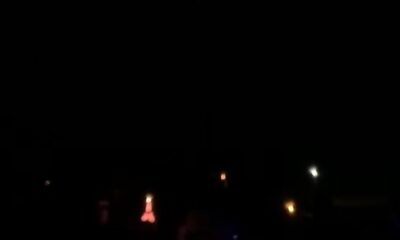

More: SpaceX Launches First Next-Gen Starlink Satellites
-
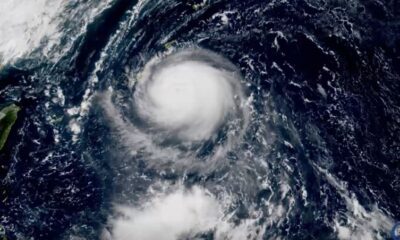

Imagery of The last 24-hours of Super Typhoon Hinnamnor nearing…
-
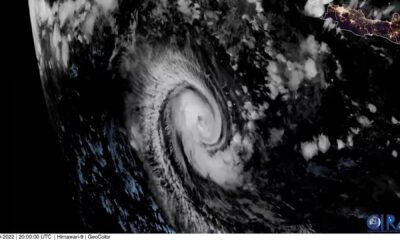

Satellites Show Tropical Cyclone Darian in the Indian Ocean Near…
-
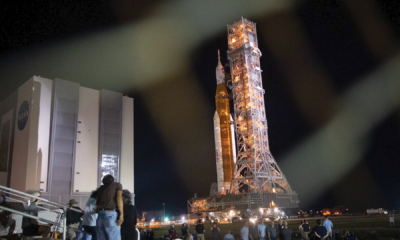

NASA finds more damage on Artemis I hydrogen seal
-


Scenic View of Falcon 9 from Downtown San Diego, CA…
-


NASA reveals stunning images from International Space Station
-
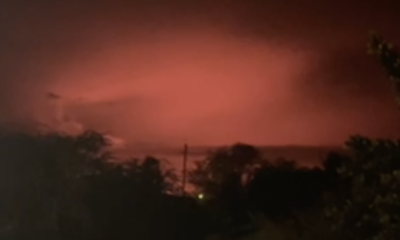

More: Mauna Loa Eruption Begins, In Hawaii Volcanoes National Park
-
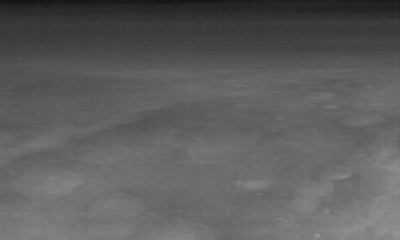

More: NASA’s Mars Odyssey Orbiter Releases New Images Of Planet’s…
-


More: Viewing south from Mauna Kea
